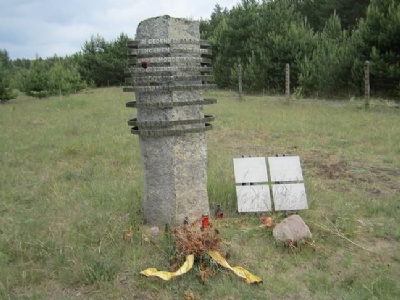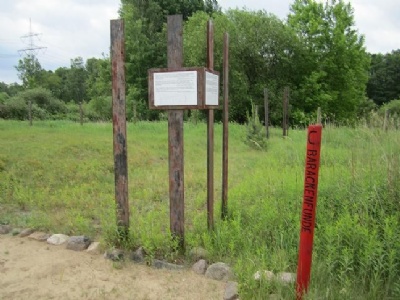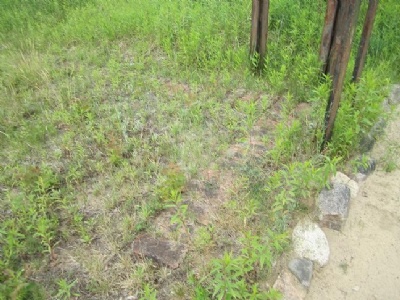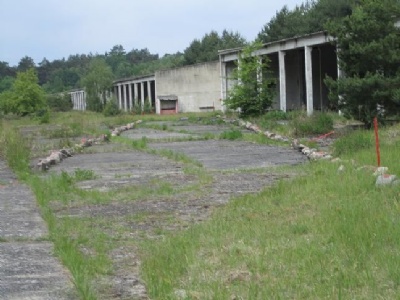Uckermark
In May 1942, a small concentration camp with dozens of barracks, about one kilometer from Ravensbruck was set up for young women aged 16 to 21, but probably there were also younger prisoners. These women were considered criminal, sexually immoral, asocial, or simply just plain disruptive or deviant. A small number of boys were also in the camp. There were about 1,000 prisoners in the camp and most of them came from Germany, Austria and Slovenia. The camp was guarded by female SS officers and guards. One might say that Uckermark at the turn of the year 44/45 in practice became a death camp. Not in the sense of gas chamber and crematorium, but rather a place where sick prisoners from Ravensbruck were brought to be killed. The prisoners were killed with poison injections, poison tablets or were shot. Some of the prisoners who were sent to the camp were later sent back to Ravensbruck and murdered in the gas chamber. About 6000 prisoners were sent from Ravensbruck to Uckermark, how many of these were murdered is not possible to determine. The camp was finally dismantled in March 1945 and after liberation the Soviet Union demolished the camp in the fifties or so.
Current status: Demolished with monument (2011).
Location: 53° 11' 16 N 13° 10' 50 E
Get there: Car.
Follow up in books: Kogon, Eugen: The Theory and Practice of Hell: The German Concentration Camps and the System Behind Them (2006).




After the war, the camp was demolished and the area was taken over by the Soviet Red Army, which erected new buildings for military purposes. When the last troops (OSS) left the area in 1994, the area fell more or less into oblivion and quickly fell into disrepair. The site is not part of the museum Ravensbruck and the future ownership had not yet been established in 2011. Since 1997, a feminist-antifascist group on its own initiative carried out small-scale excavations and uncovered foundations of barracks. There mission is to investigate the former camp premises to learn more about it and its function. Around the prisoner barracks and the camp street there are small information boards about the history of the camp. A small unofficial monument has also been erected on the site. To find the place you follow the small signs that are along the road (about one kilometer) from the Ravensbruck museum. If you go by car, you park the car about 500 meters from the camp itself, from there you walk on the former military area and follow the red arrows painted in the street. All the buildings, fences, walls and roads that exist are postwar constructions.
One reason that research, knowledge and interest about Uckermark is inadequate might be due to the fact that several of the prisoners who sat in the camp were classified as sexually immoral (lesbian and prostitutes) or asocial. This was a category of prisoners that was ignored after the war, and still is. There is a moral condemnation (especially the prostitutes) about the life these prisoners lived. This meant that they chose not to come forward and tell or testify about their experiences and that researchers chose not to research a subject that was socially and morally unacceptable. This may be one reason why none of the officers and guards who served in the camp were sentenced to prison after the war. Only commandant Lotte Toberentz and her deputy Johanna Brach were brought to justice, but released for lack of evidence. Several of the officers and guards who served in Uckermark worked after the war as police officers, social workers and gym instructors.